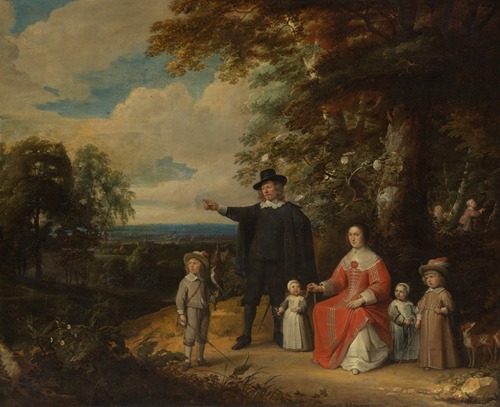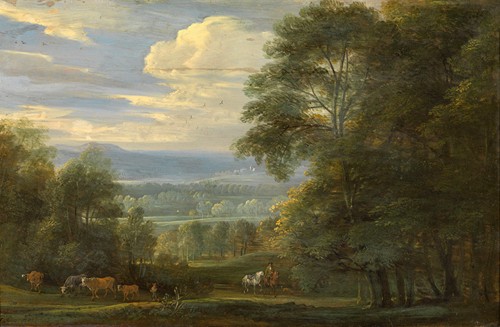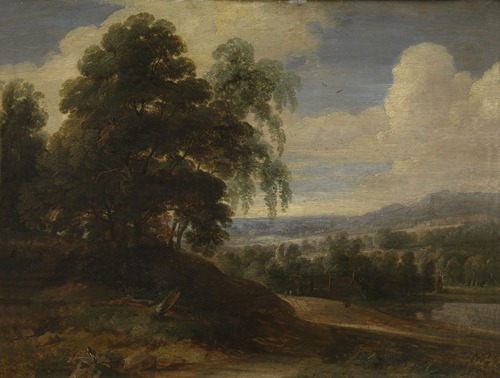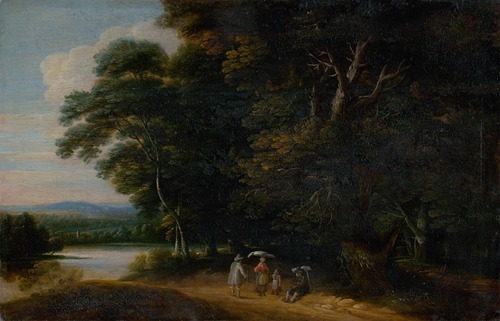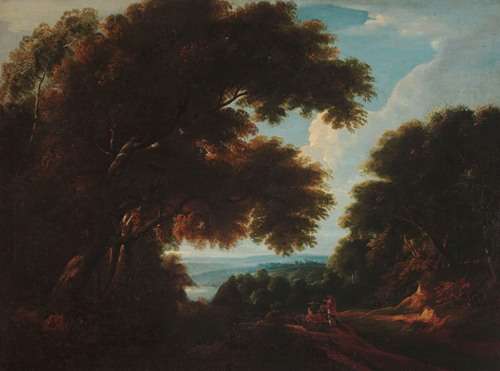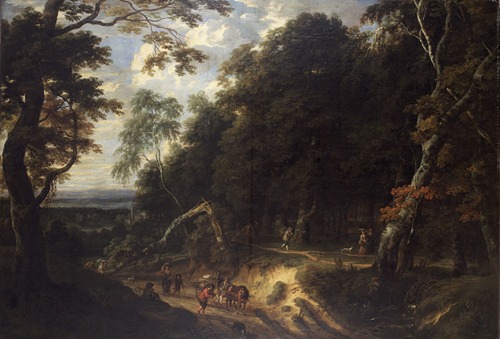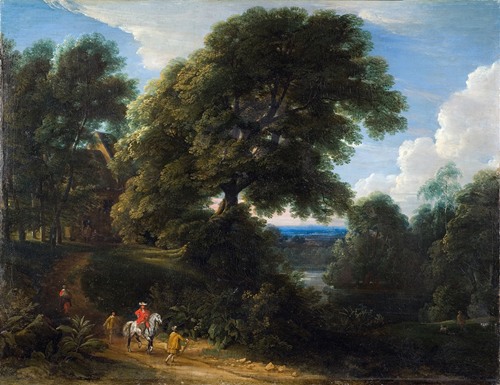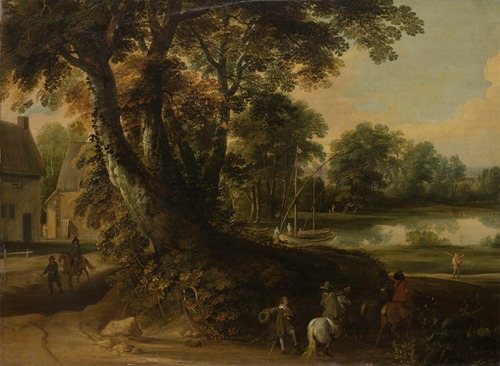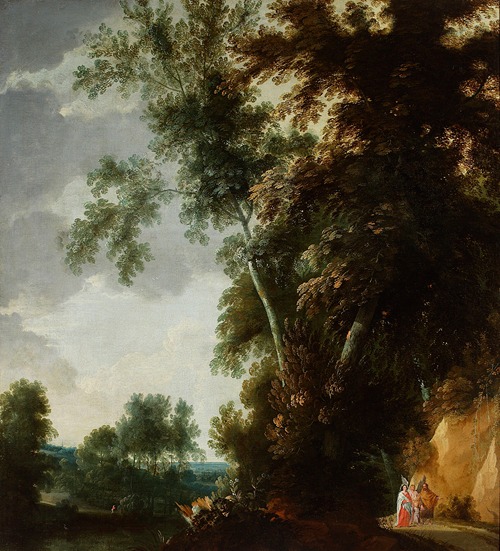
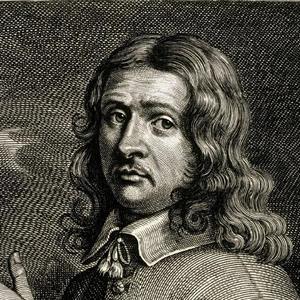
Jacques d'Arthois was a Flemish painter and tapestry designer who specialized in wooded landscapes with figures. He often depicted the woods around his native Brussels. Jacques d'Arthois was an influential painter and one of the few 17th century landscape painters from Brussels whose fame was remembered in the following centuries as his style was imitated and followed by many other landscape artists.
Jacques d'Arthois was born in Brussels as the son of Henri Artois. He was baptized on 12 October 1613. On 11 January 1625 he became an apprentice to Jan Mertens, an artist whose work is not known. He became a master in the Brussels Guild of St. Luke in 1634.
He married Maria Sampels with whom he had eight children. Their son Jan Baptist became a landscape painter in the style of his father. Jacques d'Arthois had his own workshop and took on pupils, among them his brother Nicolaes (1617–?), his son Jan Baptist (1638 – after 1657), Alexander van Herssen, Philip van Dapels and Cornelis van Empel. The Antwerp landscape painter Cornelis Huysmans claimed he spent two years in the workshop of d'Arthois but there is no documentary evidence which corroborates this.
Around 1650, the governor of the Spanish Netherlands Luis de Benavides Carrillo, Marquis of Caracena, awarded Jacques d'Arthois a distinction for reasons that are now unknown. In 1655 he was officially recognized as a tapestry cartoon designer of the city of Brussels by the magistrate of the city, as a replacement of Lodewijk de Vadder who had died. He was already at that time deemed to be a skillful artist in that specialty.
At the time of his death he owned several houses (one of which was in the Sonian forest) and a painting collection, even though his lavish lifestyle had left him severely in debt. He died in Brussels.

